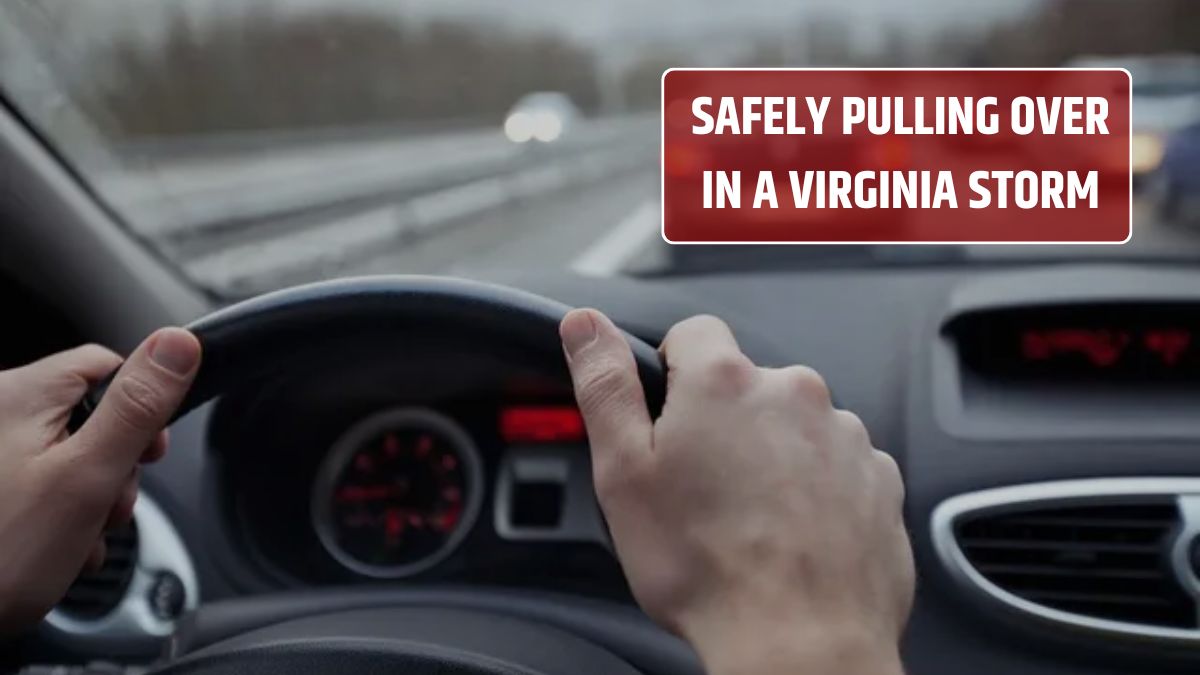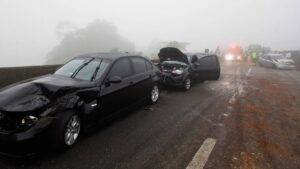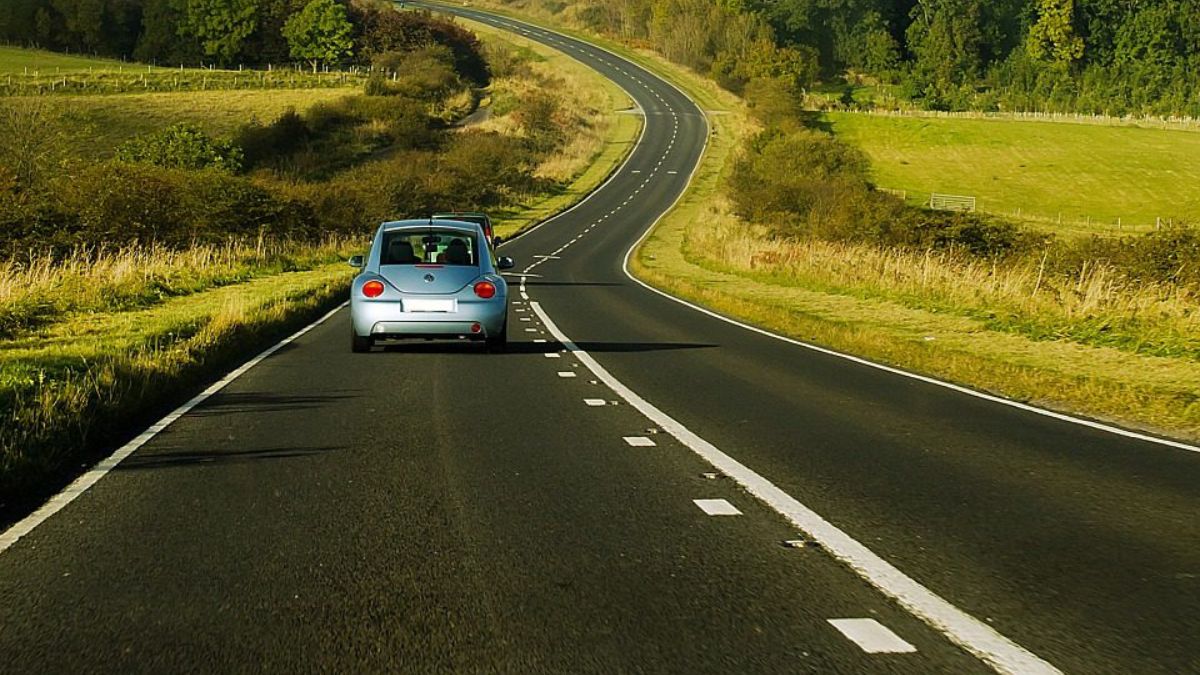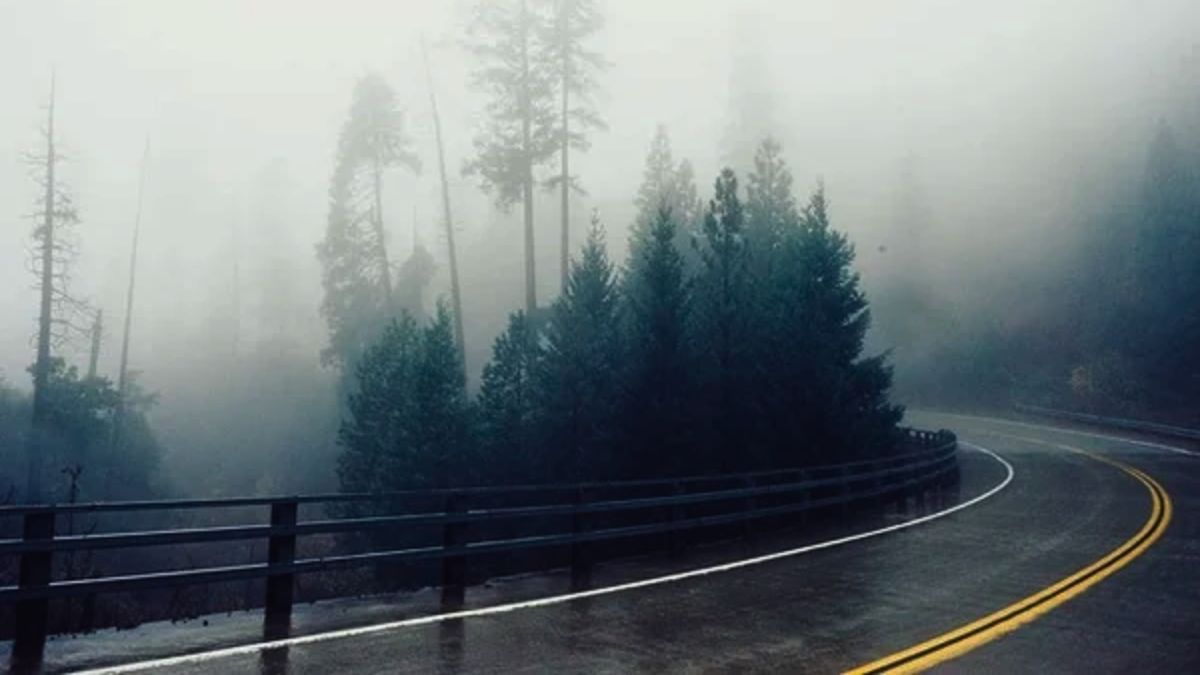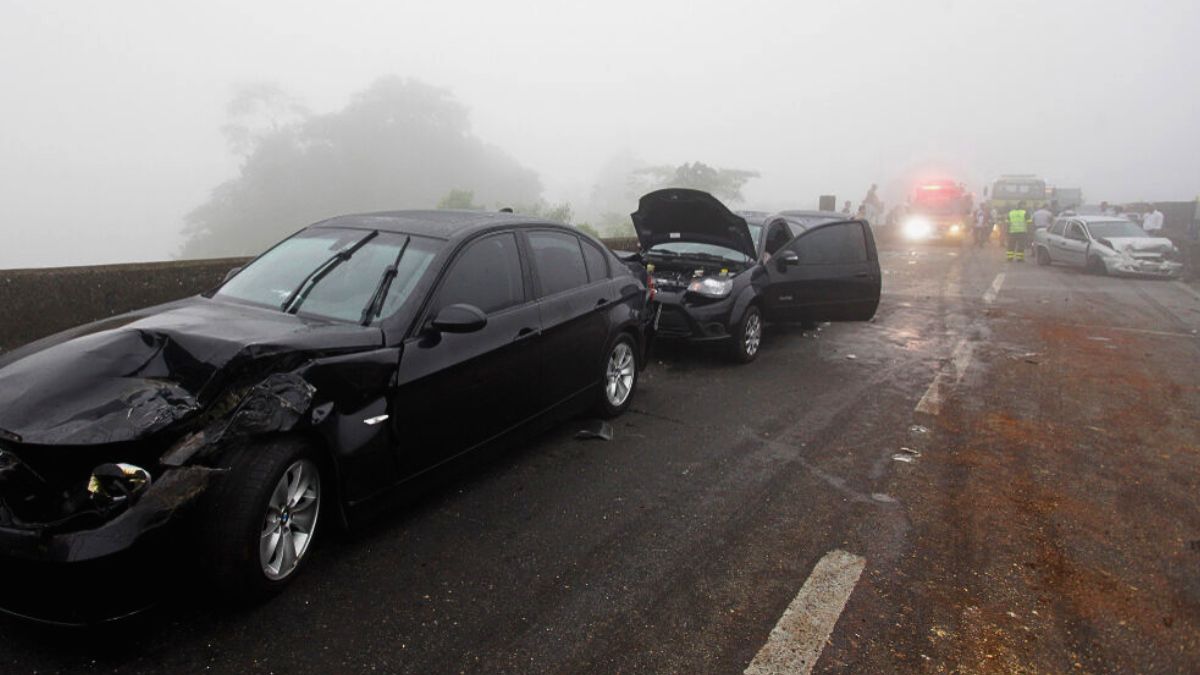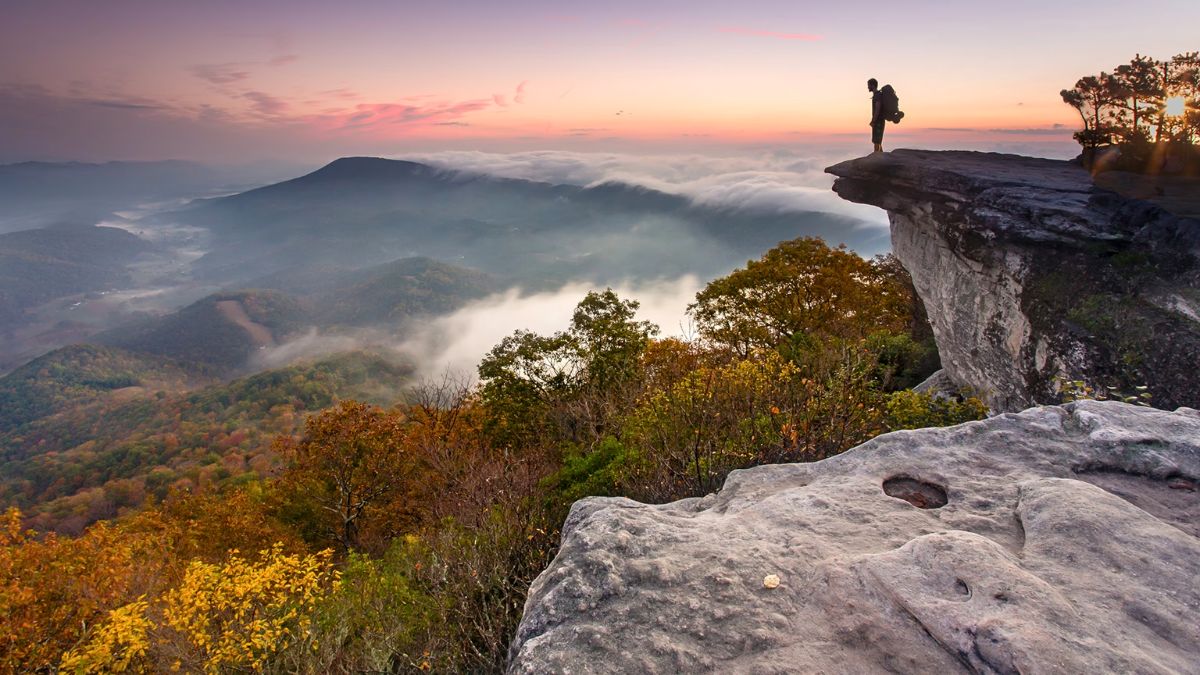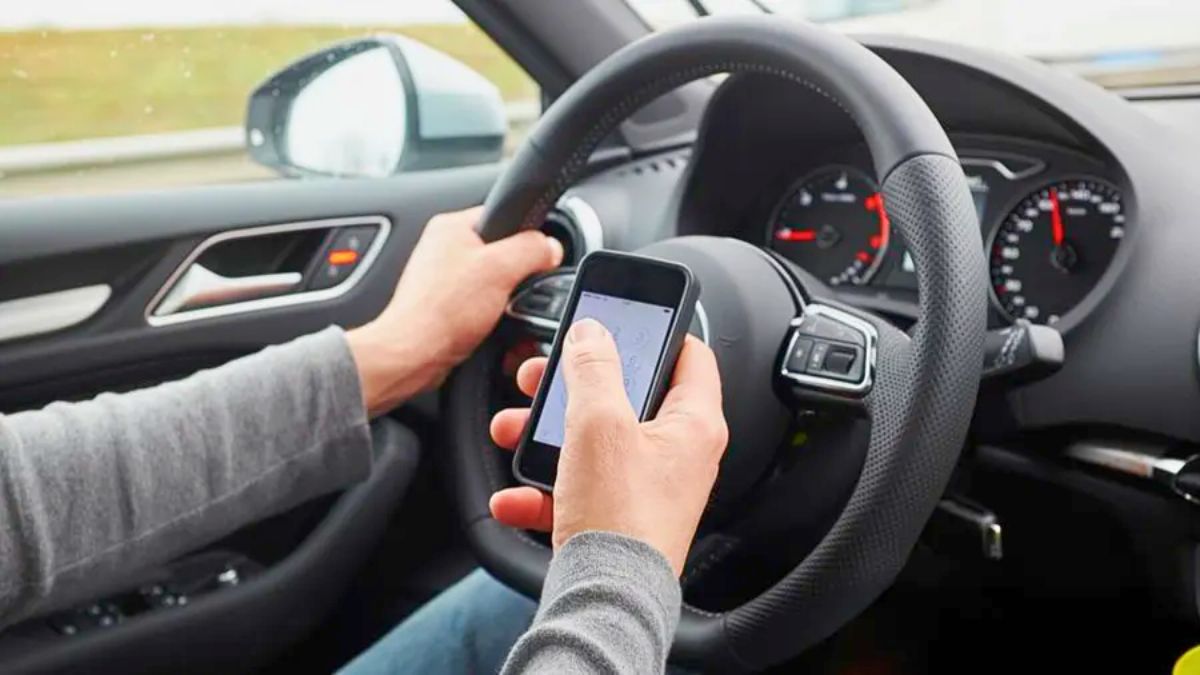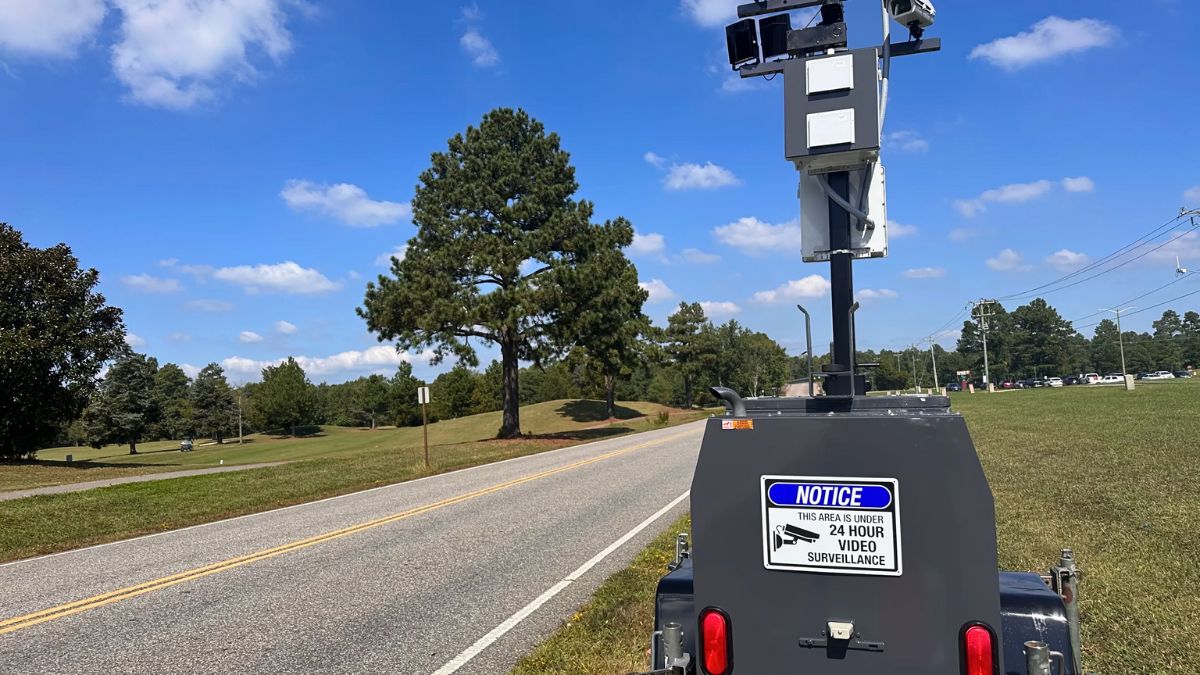Storms in Virginia can be intense—heavy rain, strong winds, and even sudden hail can turn any road into a danger zone in minutes. Whether you’re navigating I-81 through the mountains or coasting down the Tidewater highways, knowing how to pull over safely during a storm can literally save your life. Let’s walk through exactly what to do when bad weather strikes behind the wheel.
Awareness
The first step? Stay alert. Virginia storms can move quickly, especially during hurricane season or winter squalls in the Appalachians.
Watch for:
- Darkening skies or sudden wind shifts
- Weather alerts on your phone or radio
- Reduced visibility from rain, fog, or blowing snow
As soon as the weather starts to feel threatening, start thinking about a safe spot to stop. Don’t wait until your windshield wipers can’t keep up or you can’t see the road.
Timing
Timing is everything. If the storm is just beginning, you have more time to find a safe place. But if you’re already in poor visibility or hydroplaning conditions, don’t delay.
Signs it’s time to pull over:
- Visibility drops below 100 feet
- Hydroplaning or slippery roads
- Debris or flooding on the road
- Wind gusts shake the car
Location
Now for the big question—where should you pull over?
Here’s what to avoid:
- Road Shoulders: Unless it’s an absolute emergency. Other drivers may not see you and could hit you.
- Underpasses or bridges: These can flood or become wind tunnels.
- Hillsides during storms: Risk of landslides or runoff.
Here’s where to stop safely:
- Designated pull-off areas or rest stops
- Parking lots of gas stations or shopping centers
- Exit ramps (far from moving traffic, with hazards on)
- Wide gravel areas off the main highway (use caution)
Position
Once you’ve pulled over safely, your car’s position matters.
- Turn your hazard lights on immediately
- Keep your car as far from traffic as possible
- Stay inside the vehicle with your seatbelt on
- Avoid pulling under trees (falling branches can be deadly)
If you’re in a flash flood zone, don’t risk it—move to higher ground immediately if safe to do so.
Visibility
Other drivers might not see you, especially in fog or blinding rain.
Make yourself visible by:
- Turning on hazard lights
- Turning off headlights (hazards are more noticeable in parked cars)
- Using a reflective triangle if it’s safe to exit briefly
Patience
This is the hard part: waiting it out. Virginia storms can pass in 10–30 minutes. Your goal is safety, not speed.
Tips while waiting:
- Listen to local weather radio updates
- Avoid draining your car battery by limiting electronics
- Crack the window slightly to prevent fogging
When visibility improves and roads are safe again, re-enter traffic slowly and cautiously.
Quick Reference
Here’s a handy table to keep in mind:
| Action | Do / Avoid |
|---|---|
| Pull off road safely | Designated areas, parking lots |
| Use road shoulders | Only if no other option |
| Turn on hazard lights | Immediately |
| Exit car during storm | Unless in danger |
| Park under trees | Risk of branches falling |
Sometimes the best move you can make is no move at all—just pull over, stay visible, and wait it out. Virginia’s weather might be dramatic, but with a little planning and calm action, you can ride out any storm safely.
FAQs
Is it safe to stop on the highway shoulder?
Only in absolute emergencies, and turn on your hazard lights.
Can I park under a bridge during a storm?
Avoid it. They may flood or become wind traps.
Should I leave my car in a flood?
Yes, if water is rising quickly—get to higher ground.
Do hazard lights drain the battery?
Not quickly. They’re safe to use for short waits.
How long do Virginia storms usually last?
Most pass within 30 minutes, but monitor alerts.
